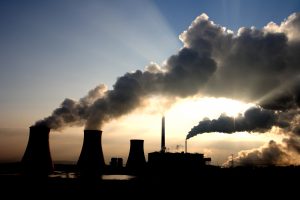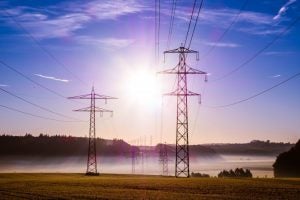Coal mining is tough and dangerous work. In the movie Coal Miner’s Daughter, country star Loretta Lynn’s husband Doolittle sums it up this way, “There ain’t nothin’ in Kentucky for me except a chest full of coal dust and being an old man before I’m forty.”
Nearly 40 years later, coal mining is still dangerous, and we know a lot more about its disastrous health effects. On top of these risks, workers have seen decades of job cuts as coal companies automate the mining process and coal-fired electricity is being squeezed by cleaner and cheaper energy sources like natural gas, wind and solar.
Rather than seek genuine solutions that would help current and former coal workers, President Trump campaigned on reviving coal jobs and seems hell-bent on propping up the uneconomic coal industry, no matter the cost. We – and President Trump – owe coal workers more than empty political promises. We owe them an opportunity to succeed in this shifting economy. Read More





 By
By